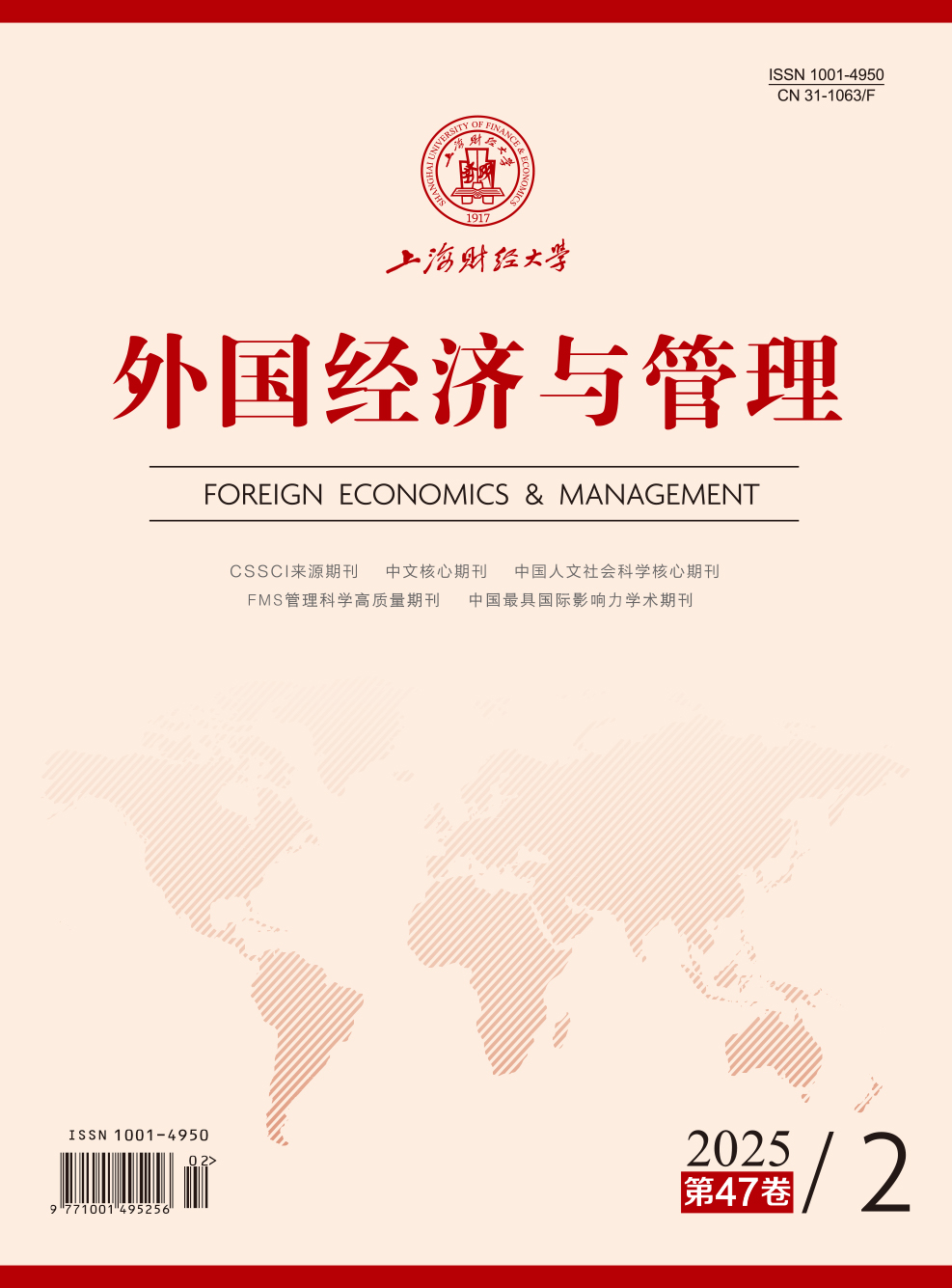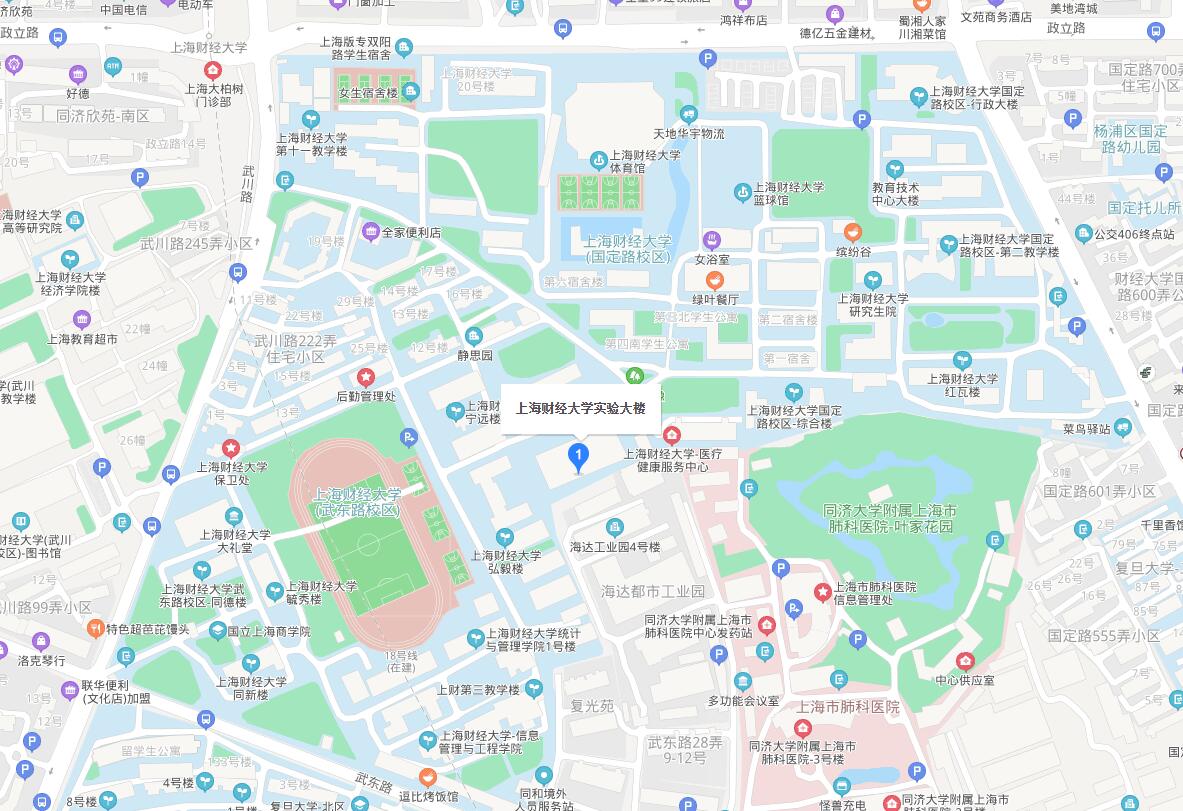This paper takes the listed high-tech enterprises in the manufacturing industry as the research objects, and reveals the peer effect of digital technology on corporate innovation modes. The results show that the peer effect of digital technology can promote the realization of imitation innovation, independent innovation, and the complementary effect of the two modes, and the promotion effect on independent innovation is more prominent. Moreover, the existence of interorganizational pressure has a moderating effect on the mechanism of the peer effect of digital technology. With the increase of knowledge power pressure faced by enterprises, the promotion effect of the peer effect of digital technology will be weaken; while with the increase of market attention pressure or industry competition pressure, the promotion effect of the peer effect of digital technology will be strengthened. In addition, there is regional heterogeneity in the promotion effect of the peer effect of digital technology, that is, the promotion effect is more prominent when enterprises are located in areas with superior digital infrastructure construction, digital policy environment, and digital financial environment.
The contributions of this paper are that: It extends relevant studies on the peer effect to digital technology application activities with unique characteristics, and provides incremental contributions to the field of social learning theory by discussing the peer effect of digital technology on corporate innovation modes. The finding that the peer effect of digital technology will encourage enterprises to explore “institutional isomorphism” and seek “differentiation strategies” expands the impact ways of the peer effect of digital technology, and inspires new thinking on the empowering mechanism of digital technology and the research of the optimal discrimination theory. This paper uncovers the internal impact of the interorganizational pressure derived from multiple social comparison on corporate innovation decision-making, providing a novel analytical idea for exploring the influence factors and mechanisms of the behavioral decision-making interaction between enterprises.





 2785
2785  3484
3484

